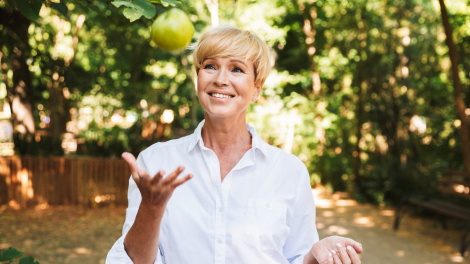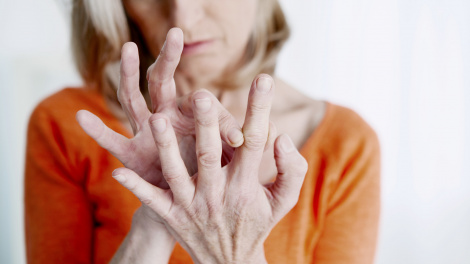BLOG: Breath is fundamental
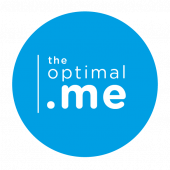

Without breath there is no life.
We are reminded of this every time we turn on the television or look at our newsfeeds. Regardless of our situation, this is a time of heightened stress and anxiety, where we have very limited control over the bigger issues facing our world. High levels of stress keep our immune systems from working at full capacity - which is exactly the opposite of what we want right now.
One thing we can control is our breath. And learning good breathwork can make a massive difference in reducing our stress levels. How often do you find yourself holding your breath? For me, holding my breath is default setting. Over the years I’ve dipped in and out of various meditation and good breathing practices (and I use the word “practise” with intent – good breathing habits require daily practise!) with quite different results.
Movement, meditation and breathwork remain the single most important interventions to counteract the build-up of stress in our bodies. Breathing is at the heart of most meditation and relaxation practises and mindful movement programmes like yoga and Pilates. I can’t tell you how many people tell me that they know how to breathe properly, and then a few simple exercises quickly illustrate that mostly, we don’t have a clue!
Why not check in on your breathing ability:
- Place one hand on your belly and the other on your chest. Take a few breaths in and out and notice which hand moved most.
- Which hand moved most – chest or belly?
- If your answer’s “chest”, keep reading!
I find most traditional forms of meditation almost impossible – but recently, doing a Biofeedback course, got to actually see the physiological impact of deep, steady Diaphragmatic breathing on my body.
Let’s unpack “breath”.
(I’m going to get a bit technical here, but stick with me!)
Breath is fundamental to our existence and is part of our Autonomic Nervous System (ANS) which regulates a whole bunch of essential processes we don’t put any thought into: how quickly we breathe, blood pressure, overall body temperature, digestive processes and the metabolic process that affects our weight.
The ANS has two main components: the sympathetic and parasympathetic divisions, each of which is responsible for different bodily functions.
- The sympathetic usually gets processes going, and controls your “fight-or-flight” response and is linked to your IN breath.
- The parasympathetic (is in charge of everyday processes and) controls your ability to “rest/relax and restore” and is linked to your OUT breath.
- In other words we alternate between these two with every breath that we take
- What typically happens to us is that we spend too much time in sympathetic overdrive
- By spending just a few minutes consciously breathing, we sends signals of balance to our brain
Why practise your Diaphragmatic (Belly) Breathing?
The ability to "Belly Breathe" will allow you to voluntarily control some of your ANS processes:
Diaphragmatic breathing is going to reduce stress, helping to lower your heart rate, regulate blood pressure and help you relax, all of which help decrease how much of the stress hormone cortisol is being released into your body. Being stressed keeps your immune system from working at full capacity. This can make you more susceptible to numerous conditions. And over time, long-term (chronic) stress, even from seemingly minor inconveniences like traffic, issues with loved ones, or other daily concerns can cause you to develop anxiety or depression. Deep breathing exercises will help you reduce these effects of stress.
Secondly, it’s going to help strengthen your diaphragm, an important muscle that helps you breathe.
- With healthy lungs, your diaphragm does most of the work when you inhale to bring fresh air in and exhale to get carbon dioxide and other gases out of your lungs.
- With COPD and similar respiratory conditions, such as asthma, your lungs lose some of their elasticity, or stretchiness, so they don’t go back to their original state when you exhale.
- Losing lung elasticity can cause air to build up in the lungs, so there’s not as much space for the diaphragm to contract for you to breathe in oxygen.
- As a result, your body uses neck, back, and chest muscles to help you breathe. This means that you can’t take in as much oxygen. This can affect how much oxygen you have for exercise and other physical activities.
- Breathing exercises help you force out the air build up in your lungs. This helps increase how much oxygen’s in your blood and strengthens the diaphragm.
IN case you’re still not convinced …
- It improves your core muscle stability
- It improves your body’s ability to tolerate intense exercise
- It lowers your chances of injuring or wearing out your muscles
- It slows your rate of breathing so that you expend less energy
How to do diaphragmatic breathing
Tip: if you’ve not done this before it to lie down on the floor for support
- Allow your breathing to slow down
- Breathe easily and comfortably rather than deeply
- Do not try too hard
- Inhale through your nose and try to feel how your abdomen fills up with air like a balloon
- Exhale through your mouth with pursed lips until you’ve completely emptied your lungs
I start and end my day with Diaphragmatic Breathing: as mentioned, I’m not a good meditator but I can do 10 minutes of diaphragmatic breathing practise with ease. The benefits of belly breathing are now more crucial than ever; in addition to reducing your stress levels, it will help alleviate depression, anxiety and sleeplessness. 10 minutes in the morning, and another 10 minutes before I sleep - and during the day if I become conscious that I’m in a heightened stress situation, I try to pause and breathe.
Just imagine a world where we all learned to self-regulate our stress levels? No more road rage, losing it at exactly the wrong moment, being able to negotiate calmly and constructively ,,, it feels like this is the time to break out in “I’d like to teach the world to breathe in perfect harmony ……”
So get started and then spread the word!
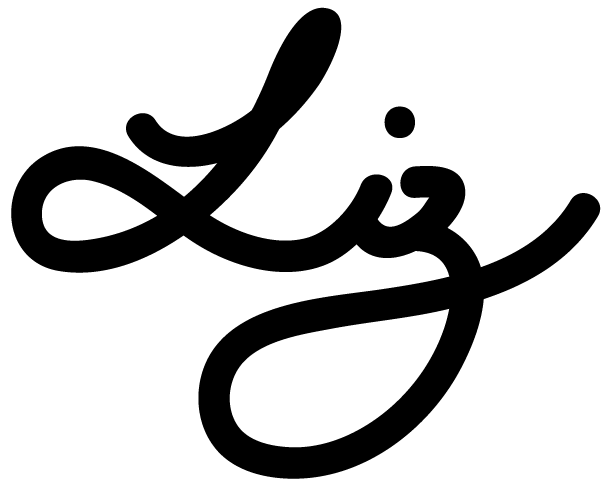
Just browsing? See our most popular articles

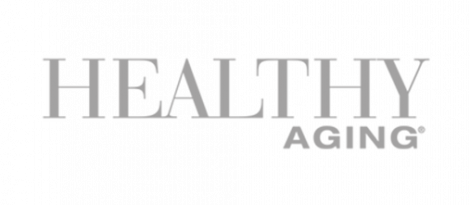
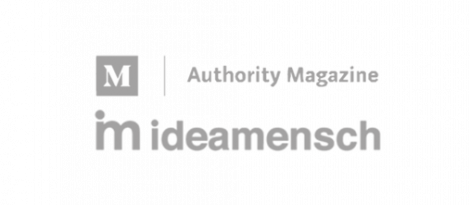
Start today! Join TheOptimal.me
Our guided 21-day course, First Steps to Physical Freedom, will introduce you to IMRs and help you make movement a habit.
- Unlimited access to Integrated Movement Routines (IMRs)
- Tips and advice from our experts
Full access free for 30 days.
